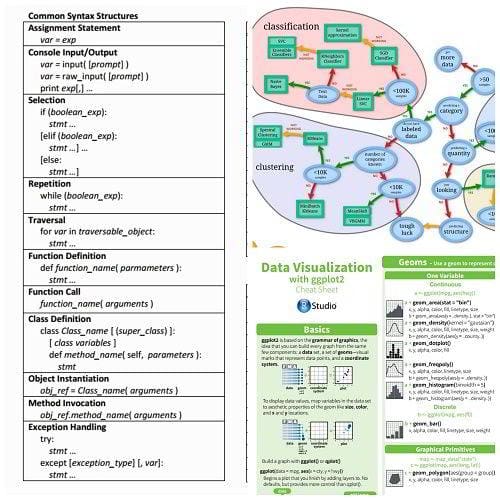R Markdown is a framework for writing versatile, reproducible reports from R. With R Markdown, you write a simple plain text report and then render it to create polished output. You can:
Join and Split strc(., sep = ', collapse = NULL) Join multiple strings into a single string. Strc(letters, LETTERS) strc(., sep = ', collapse = NULL. Base R Graphics Cheat Sheet David Gerard August 8, 2017. Abstract: I reproduce some of the plots from Rstudio’s ggplot2 cheat sheet using Base R graphics. I didn’t try to pretty up these plots, but you should. I use this dataset. Data(mpg, package = 'ggplot2') General Considerations. The main functions that I generally use for plotting are. Easy software download site.

Transform your file into a pdf, html, or Microsoft Word document—even a slideshow—at the click of a button.
Embed R code into your report. When you render the file, R will run the code and insert its results into your report. Use this feature to add graphs and tables to your report: if your data ever changes, you can update your figures by re-rendering the report.
Make interactive documents and slideshows. Your report becomes interactive when you embed Shiny code.
Rstudio Cheat Sheet
We’ve created a cheat sheet to help you master R Markdown. Download your copy here. You can also learn more about R Markdown at rmarkdown.rstudio.com and Introduction to R Markdown.

You may subscribe by Email or the RSS feed.
Categories
Rstudio Cheatsheets Github
- Company News & Events (7)
- Data Science Leadership (41)
- Data visualization (1)
- Education (6)
- Events (9)
- Featured (41)
- Internships (3)
- News (116)
- Packages (175)
- R Markdown (26)
- RStudio (1)
- RStudio Cloud (3)
- RStudio Connect (38)
- RStudio IDE (82)
- RStudio Launcher Plugin SDK (1)
- RStudio Package Manager (12)
- RStudio Server Pro (1)
- Shiny (75)
- Training (49)
- packages (1)
- r-markdown (1)
- rstudio::conf (23)
- rstudio::global (2)
- shinyapps.io (10)
- tidyverse (35)
Rstudio Cheat Sheets
About RStudio
